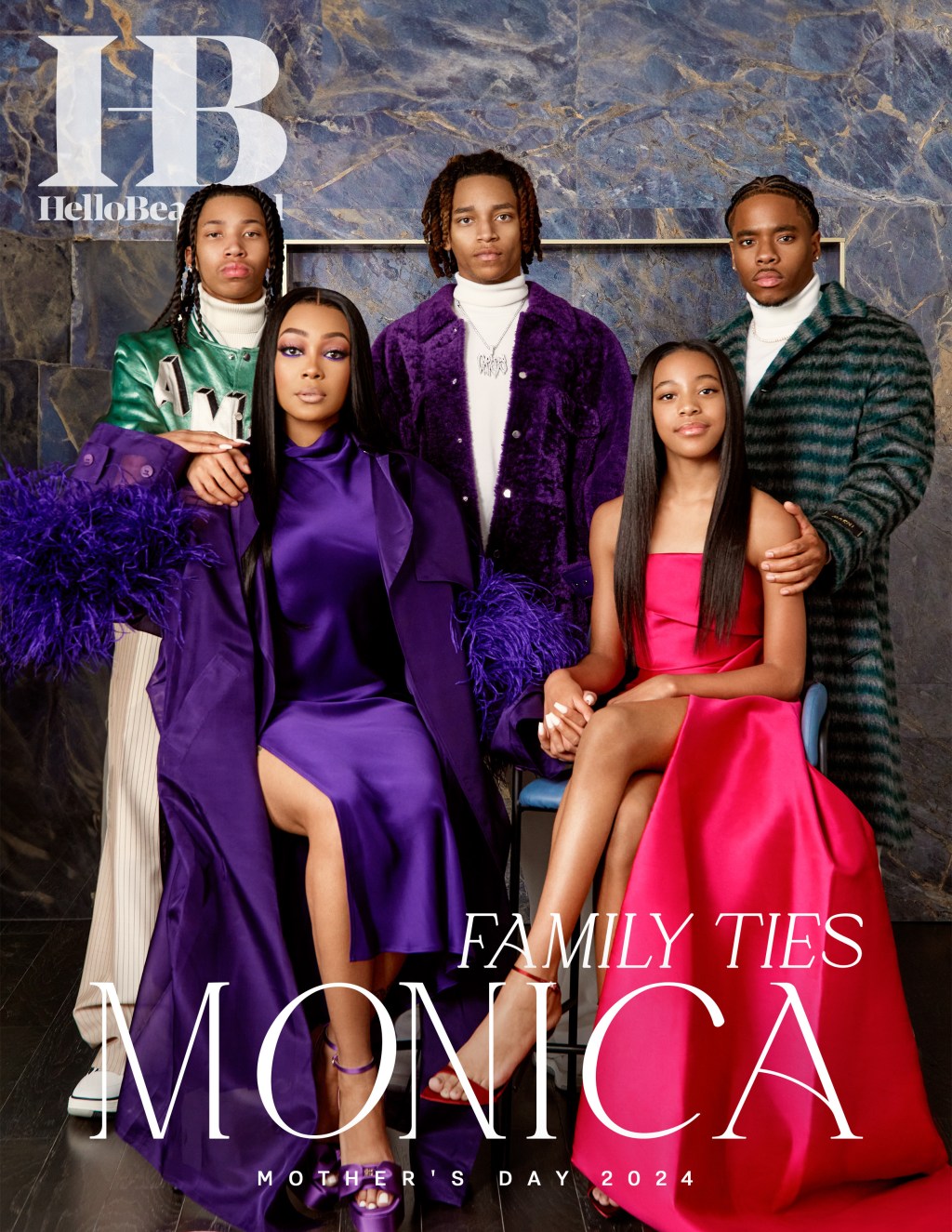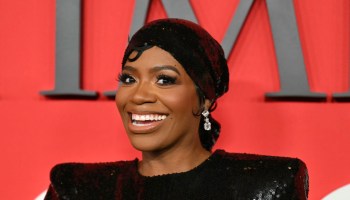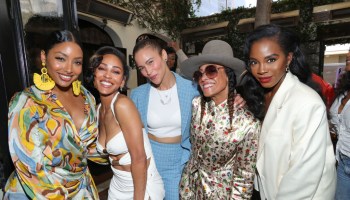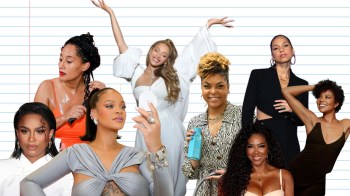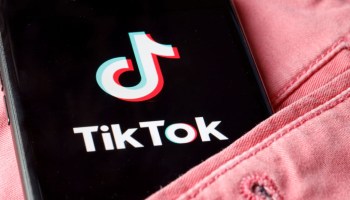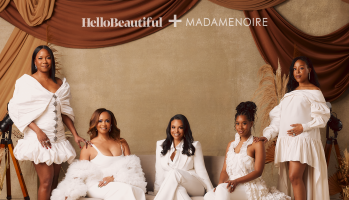By: Mikki Brunner
They came from New Jersey, Harlem, the Bronx and as far away as Seattle. The small, but diverse group of black women we met at Occupy Wall Street this weekend included students, a member of the Board of Ed, community organizers and church elders. Ranging in age from 19 to 62 years old, they gathered in New York’s Zuccotti Park with a common goal: to lend their voices to the swelling demand for social and economic change.
Althea, a retired schoolteacher, remembered marching on Washington with Dr. King forty-eight years ago. She applauded the political message of We are the 99%, a slogan intended to highlight disparity between economic classes, but questioned the focus of the occupiers.
To Althea, Friday seemed “more like a celebration than a sit-in.”
Protesting in the sixties meant risking life and limb to participate in the democratic process. Still, she said, we must bring the message of economic equality for all back to our own communities. As churches and schools get involved, she predicted, the movement will become more visibly diverse.
For many black women long used to struggling against the twin tides of institutionalized racism and wealth disparity, survival despite crushing poverty is nothing new.
“We ARE the 99 percent…” April said as she sold $2 political buttons emblazoned with the Wall Street bronze bull, “…we’ve been doing this for years.”
If image is everything, however, the organized chaos of Zuccotti Park does little to dispel the media representation of a movement without a unified cause.
A mother and daughter visiting New York from Los Angeles knew little about the protests, but took photographs of the makeshift city teeming with food lines and dogs, huddled blue tents and worn sleeping bags. Some media outlets have likened Occupy Wall Street to a drug-fueled free-for-all for privileged kids, a parasitic movement lacking the sound goals and ideology to affect social change.
Is Occupy Wall Street overwhelmingly white? Yes and no. The women we spoke to maintained that women of color were working behind the scenes in their own communities. Plus, they said, media reports of a mostly white crowd failed to acknowledge the presence of lighter-skinned women of color.
The issue of the poverty gap effects black women directly, but how, when and where they rise against it differs. After all, Rosa Parks helped launch the civil rights movement after a ten hour day at work.
Fifty-six years after Rosa’s history-making refusal to give up her seat on the bus, the economic picture for black women remains startling grim:
- •43% of black women with children live in poverty
- •Single black women have median wealth of $100 while their white counterparts have $41,000
- •Half of all black single women have zero or negative wealth; this occurs when debts exceed assets
These statistics, writes Mariko Chang, PhD, are vital to understanding the current economic crisis and its impact on working families. Her 2010 report “Lifting As We Climb: Women of Color, Wealth, and America’s Future” warns that the success of our nation in the changing global marketplace depends directly upon the longterm prosperity of women of color.
Do our readers – mostly black, fabulous and female – have more in common with that blue-eyed dreadlocked boy playing bongos in Zuccotti Park than they realize? Tell us what you think.
Is Occupy Wall Street relevant to black women? Are you the 99% percent?
Occupy Wall Street: A Movement On The Rise
When Hard Work Doesn’t Make Cents — Surviving Student Loans and Unemployment
